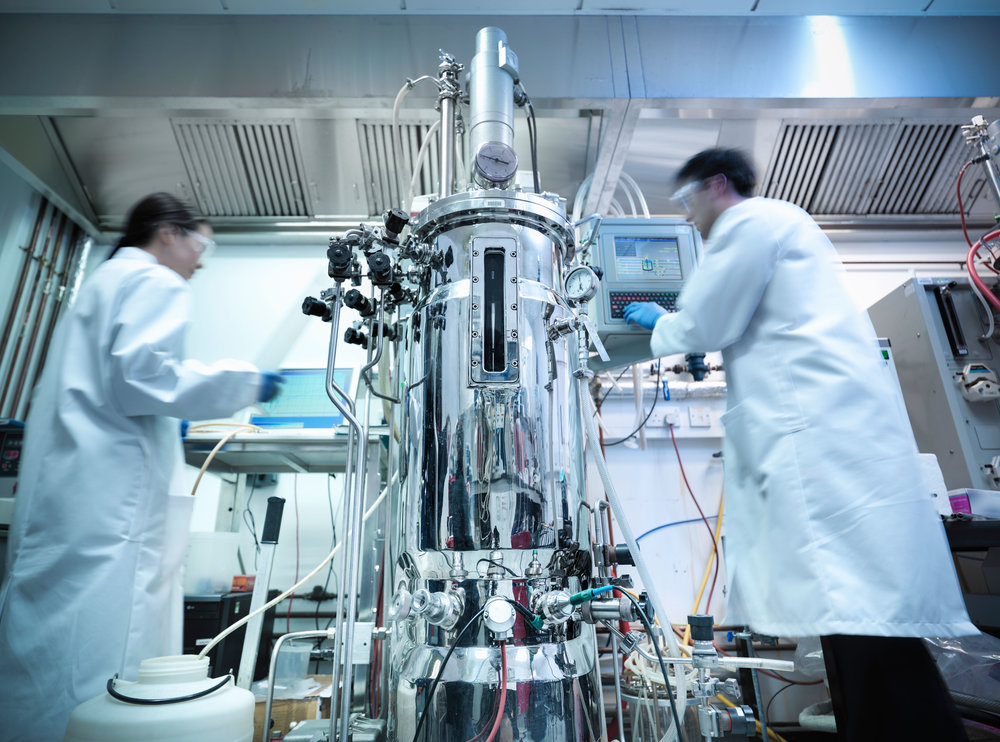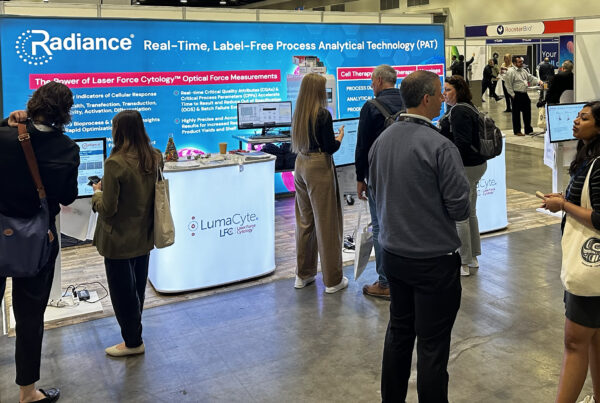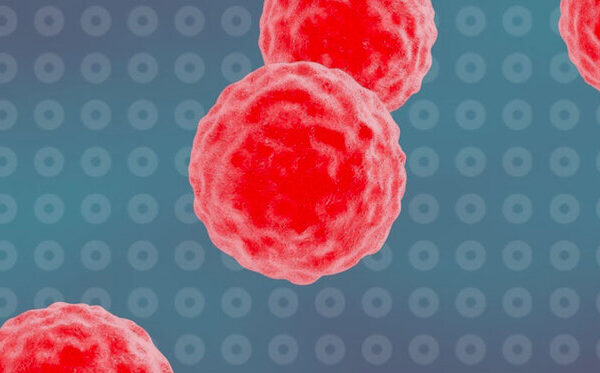Posted by Colin Hebert, VP Biotechnology & Keya Rodrigues, Quality Assurance Bioengineer
Continuous processing has been utilized at scale in the chemical industry for decades due to its increased production efficiencies, reduced capital costs, and improved product quality. However, its adoption by the biopharmaceutical industry for the production of cell-based products such as monoclonal antibodies and vaccines has been notably slower, due to both technical and regulatory hurdles. Despite this, nearly a third of end-users recently surveyed thought that continuous processing should be a key future requirement in the field of biomanufacturing (1). In addition, a new public-private consortium, The National Institute for Innovation in Manufacturing Biopharmaceuticals (NIIMBL) has been established recently to foster collaborations to help drive the development and adoption of innovative biomanufacturing technology, including continuous biopharmaceutical manufacturing.
A recent supplement to Genetic Engineering and Biotechnology News (2) makes this point and focuses on both the promise and challenges associated with continuous bioprocessing. Topics range from the selection of technologies to the economics of implementing a continuous process as part of upstream or downstream operations, or both. Specific technology examples include single-use bioreactors and sensors as well as continuous chromatography systems. Estimates vary, but the consensus is that continuous bioprocessing will cut the manufacturing cost of biologics by at least half with potentially a much larger reduction in capital costs.

One reason for the slower pace of implementation in the biopharmaceutical industry is the complexity of the products being produced. In the case of small molecules, it is relatively easy to understand and optimize production systems using existing process analytical technologies (PATs) for characterization, since the products are generally simpler than biologics. The contrast between small molecules and biologics is perhaps greatest for vaccines, which are often live viruses that must be properly produced, assembled and purified without loss of quality. While the concept of continuous production using viral systems has been around for over 20 years – see for example Hu et al. (3) and more recently Frensing et al. (4) – its adoption has been limited in part by the lack of in-process analytics with the ability to measure the infectivity or viral titer on the time scales necessary to make continuous production practical. This highlights the need for PATs that give the operator real-time feedback to monitor, understand, and improve the process and by extension, the final product.
LumaCyte’s Radiance Laser Force Cytology™ instrument meets the requirements of a PAT for in-process monitoring of viral infectivity. Radiance can analyze samples from a bioreactor or other ongoing infection by collecting high-quality multidimensional data on a per cell basis, thus eliminating the lengthy incubation times (often a week or more) required by traditional assays measuring infectivity such as TCID50 or plaque assay. The new innovative capabilities provided by Radiance offer researchers a wealth of data, enabling faster scale-up, screening, and optimization of process conditions by providing real-time feedback on cell health and viral infectivity. It also helps lay the foundation for a continuous vaccine production process that relies on real-time analytics to guide process control. Other areas of application in biopharmaceutical manufacturing include production monitoring and adventitious agent testing.
References:
1. Langer, Eric. BIOPROCESS ONLINE. [Online] [Cited: February 12, 2018.]
2. Continuous Bioprocessing, Genetic Engineering & Biotechnology News., Supplement, [Online] [Cited: February 12, 2018.]
3. A tubular segmented-flow bioreactor for the infection of insect cells with recombinant baculovirus. Hu, Y. C., M. Y. Wang and W. E. Bentley: Cytotechnology, 1997, Vol. 24. 143-152.
4. Continuous Influenza Virus Production in Cell Culture Shows a Periodic Accumulation of Defective Interfering Particles. Frensing, T., S. F. Heldt, A. Pflugmacher, I. Behrendt, I. Jordan, D. Flockerzi, Y. Genzel and U. Reichl. 9, s.l. : PLOS ONE, 2013, Vol. 8. e72288.





